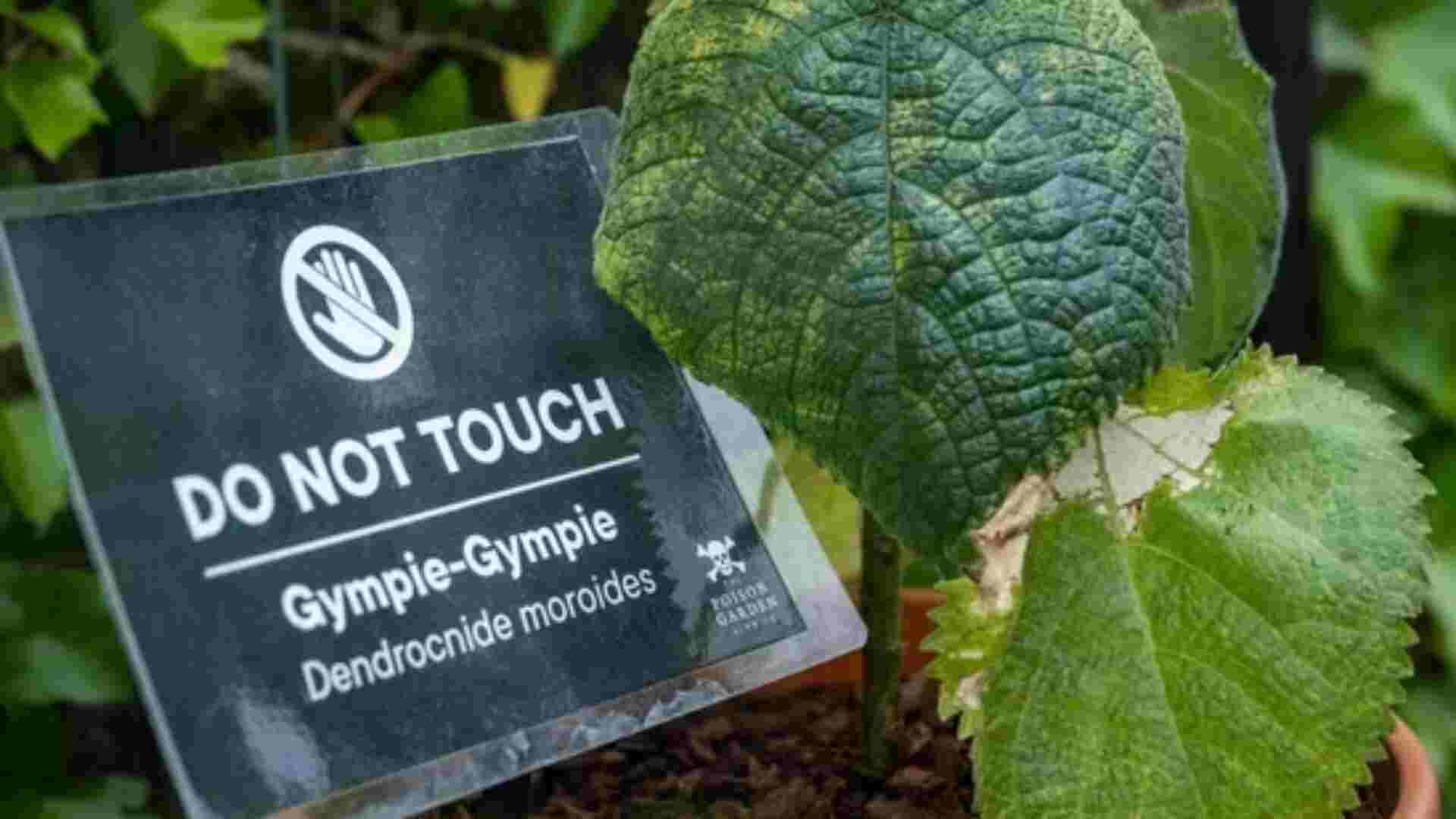The world’s most poisonous plant is known as Gympie-Gympie, or Dendrocnide moroides, and it is also referred to as the Australian stinging tree. It appears innocent-looking but has an extremely dangerous secret: tiny, hair-like needles that are filled with a powerful neurotoxin that can ignite intense pain and, in extreme cases, suicidal thoughts.
The plant grows as a leafy bush with heart-shaped foliage, but just one touch is deadly. The plant is found mainly in the rainforest regions of Australasia, including the Moluccas and Indonesia.
Why is Gympie-Gympie So Deadly?
Gympie-Gympie is rich in irritating hairs packed with toxic substances called gympietides. These cause a kind of structural overlap with venom found in spiders and cone snails, focusing on pain receptors in the body. Pain starts by burning but builds up very quickly and may be horribly agonizing, lasting several months.
Associate professor at the University of Queensland’s Institute for Molecular Bioscience, Irina Vetter compared that venom to that of a scorpion or spider as she said, “Although they come from a plant, the gympietides are similar to spider and cone snail toxins in the way they fold into their 3D molecular structures and target the same pain receptors.”
John Knox, head tour guide at Poison Garden, explained that tiny breakable hairs, known as trichomes, can release toxins which are triggered by the force of touch, water, and temperature changes. The poison can stay in the human skin for up to one year.
Deadly Effects In Real-Life
Gympie-Gympie’s painful sting has led to devastating consequences. During World War II, an Australian soldier reportedly succumbed to madness after encountering the plant. In another case, a man tragically shot himself after unintentionally using Gympie-Gympie leaves as toilet paper, unable to cope with the agony caused by the plant’s sting.
As the plant continues to intrigue and frighten, its potent neurotoxin is a reminder of nature’s capacity to create beauty and danger.























